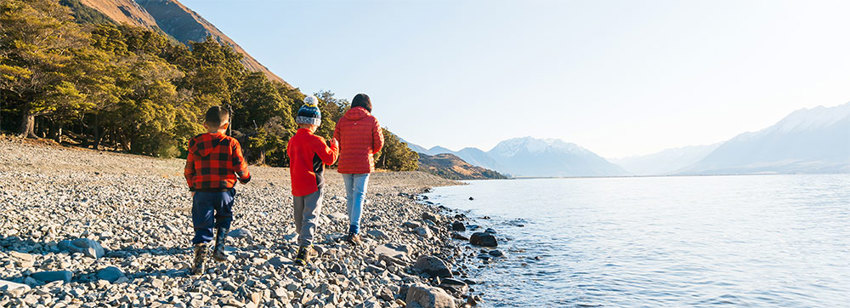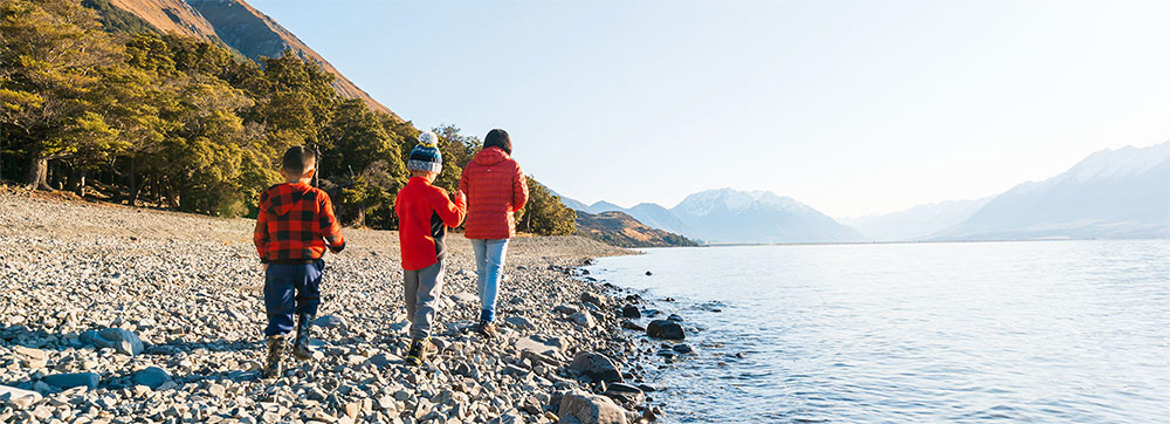As highlighted in our alert last week, the Government has released an exposure draft of the new Natural and Built Environments Bill (Exposure Draft) for public consultation. The Exposure Draft is an initial working draft of the key parts of the final bill that the Government plans to introduce later this year, and provides the first opportunity for public feedback as part of a Parliamentary inquiry.
The Exposure Draft builds on the paradigm shift proposed under the Report of the Resource Management Review Panel chaired by retired Court of Appeal Judge Tony Randerson QC (the Panel). The Panel recommended a new system for environmental protection and resource management which focuses on delivery of outcomes through setting targets and non-negotiable limits to enhance, protect, restore and improve the natural and built environment.
The Government considers that the Resource Management Act 1991 (RMA) has failed to accomplish its dual remit as a town planning and environmental management regime and so is proposing to detangle the legislative settings. Accordingly, the NBA is one of the three core pieces of legislation – along with Strategic Planning Act (SPA) and a new Climate Adaptation Act (CAA) – that will replace the RMA. The SPA and CAA are intended to be released by the end of the year alongside the final draft NBA. The intention is for the NBA to provide for land use and set environmental limits and outcomes which then guide the development of regional spatial strategies under the SPA. The CAA is proposed as specific climate change adaptation legislation, to address the complex issues associated with managed retreat and funding of adaptation.
The Exposure Draft includes only the scene-setting provisions of the proposed legislation, the new 'Part 2' (the 'why') along with 'placeholders' for the implementation principles, the process for preparing a new national planning framework (NPF), and the new combined plans across the country (the 'how'). Key aspects of the proposed new environmental legislative regime include:
- A new purpose which focuses on the concept of Te Oranga o te Taiao. The NBA's purpose is two-fold: to uphold Te Oranga o te Taiao, including by protecting and enhancing the natural environment; and enabling people and communities to use the environment in a way that supports present and future generations. The NBA represents a shift from the RMA's 'sustainable management' focus towards an outcomes-based approach, with an emphasis on ensuring that positive outcomes for the environment are identified and promoted rather than just enabling development where adverse effects can be avoided, remedied, or mitigated.
- Implementation of a new national planning framework (NPF). One of the criticisms of the RMA has been the practical application of various national policy statements which at times conflict but are supposed to be applied in an integrated manner. The NBA attempts to address this through a proposed NPF to be centrally prepared and maintained by the Minister for the Environment, which would include provisions to resolve conflicts between environmental outcomes. In particular, new provisions have been included in the Exposure Draft which provide for mandatory national policies and standards on matters of national importance where national or regional consistency is required. One of the key criticisms of the RMA was that it contemplated national direction instruments sitting at the top of the planning hierarchy, but in practice few such provisions were prepared and those that were, were produced very slowly. This often meant regional and district planning processes preceded national guidance, resulting in an ongoing game of catch-up to address inconsistencies.
- The introduction of environmental limits and outcomes. A mandatory set of national policies and standards are proposed which aim to protect the ecological integrity of the natural environment and protect human health. The Exposure Draft proposes that mandatory environmental limits be prescribed in the NPF, with the ability for some local variation in plans. The limits must at least cover air, biodiversity, coastal waters, estuaries, fresh water, and soil with ministerial discretion to include other aspects of the natural environment. The outcomes are substantially similar in scope to sections 6 and 7 of the RMA, with the notable addition of well-functioning and responsive urban environments, housing supply and affordability, and ongoing infrastructure provision.
- A framework for natural and built environments plans. One of the more significant shifts proposed by the Panel was the consolidation of all plans made under the RMA into single regional Natural and Built Environment Plans. Part 4 of the NBA includes provisions for these plans, which will replace the existing sets of regional policy statements, regional plans and district plans in place throughout the country. The Exposure Draft also contains a schedule setting out the requirements for appointing regional planning committee members (replacing the role of local authorities in deciding on and maintaining these plans), although the schedule includes placeholders for various matters.
- A central role for iwi/Māori and improved recognition of Te Tiriti o Waitangi. The RMA currently requires persons exercising functions and powers under the Act to take the principles of Te Tiriti o Waitangi into account. The NBA elevates recognition of Te Tiriti o Waitangi and iwi/Māori interests, with the Exposure Draft including a requirement for decision-makers to 'give effect to' the principles of Te Tiriti to ensure decisions reflect the Treaty partnership. The NBA also promotes the active management of cultural landscapes (which also links with Te Oranga o te Taiao). The NBA recognises that tikanga Māori and te ao Māori concepts may not be capable of direct translation into English, and so the concept of Te Oranga o te Taiao is not defined but an inclusive list of the key elements of that concept is provided. In particular, Te Oranga o te Taiao incorporates the health of the natural environment, the intrinsic relationship between iwi and hapū and te taiao, the interconnectedness of the natural environment, and the essential relationship between the health of the natural environment and its capacity to sustain all life. The NBA also provides for mana whenua representatives to be appointed as members of regional planning committees.
Timing – what is next?
The Exposure Draft is currently open for the first round of public feedback as part of a Select Committee inquiry. Public submissions will remain open until 4 August 2021 through the Parliament website. The inquiry is then expected to take around three months in examining the draft legislation.
The Select Committee will then report its findings to Parliament which will inform further policy development on the reform. Other components of the Bill that are not included in the Exposure Draft will be considered by the Ministerial Oversight Group in the second half of 2021, before being included in the full Bill. Meanwhile, the SPA Bill will be developed in parallel, while the consultation for the CAA Bill will be separate.
It is anticipated that by early 2022, complete Bills for NBA and SPA will be introduced to Parliament. At this point, there will be a second opportunity for public feedback before the Bills are passed into law by December of the same year.
Please contact one of our experts if you have any questions about the Exposure Draft or require assistance in making a submission.
Contact us Visit our environment and resource management page

















